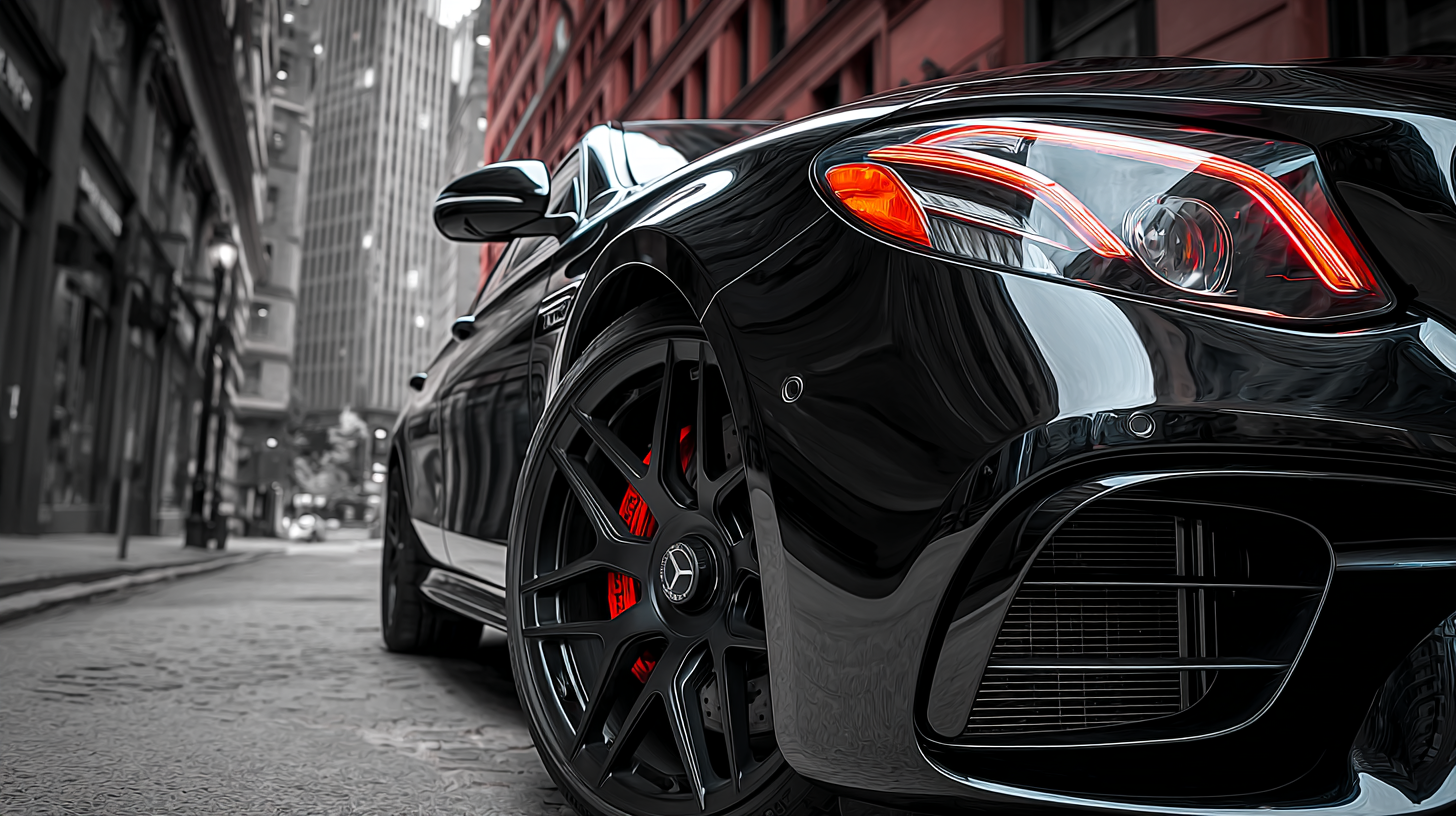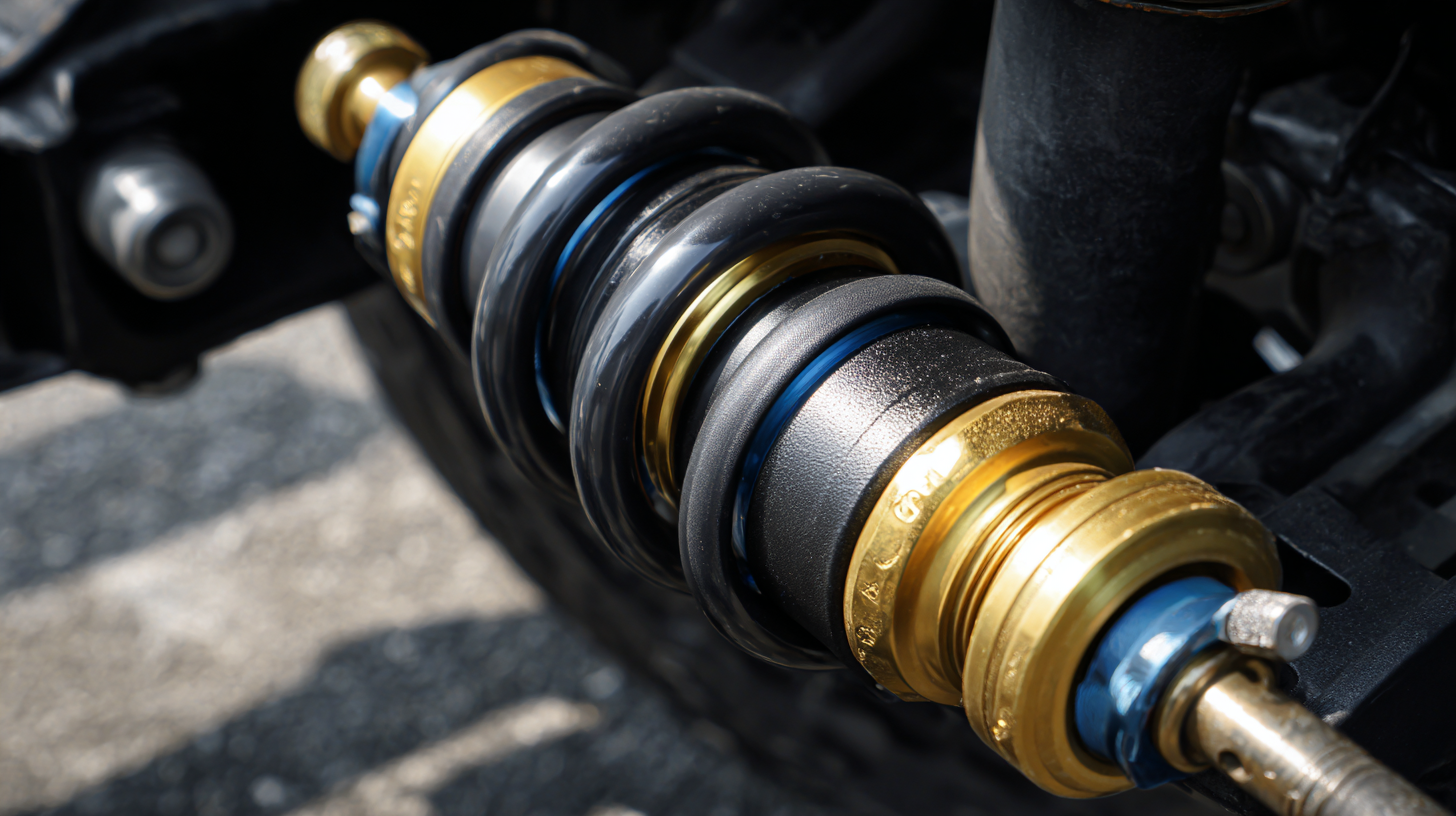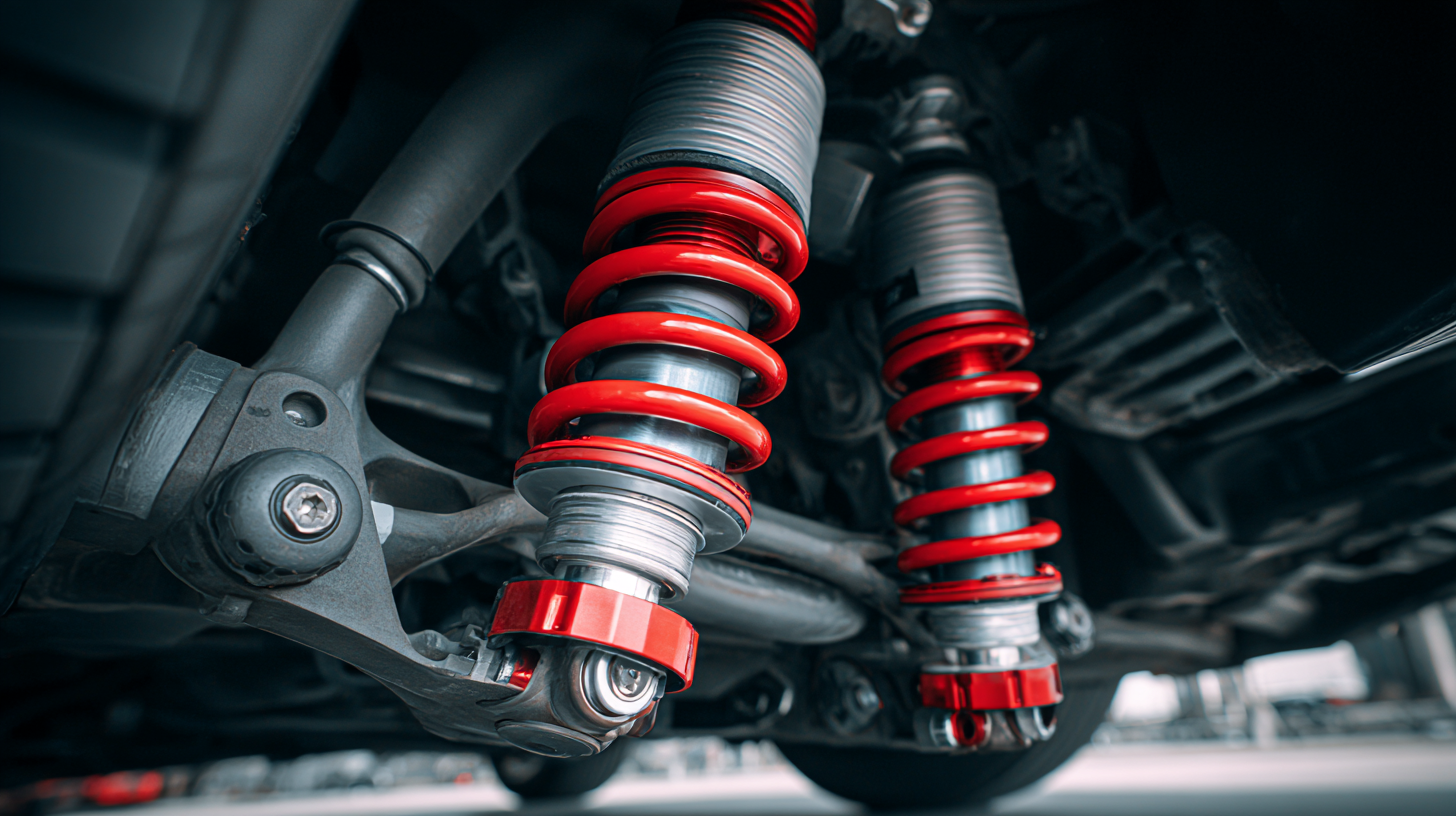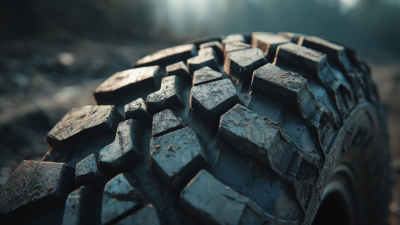Get a custom solution for free
-
Phone
-
E-mail
-
Whatsapp
-
Wechat


When it comes to optimizing your vehicle's performance, one often-overlooked component is the rubber bump stops. These small yet essential parts play a crucial role in cushioning impact and preventing damage to your suspension system. Choosing the right rubber bump stops tailored to your specific performance needs can significantly enhance your ride quality, handling, and overall vehicle dynamics. In this blog, we will explore key factors to consider when selecting rubber bump stops, from material types and compression characteristics to compatibility with your vehicle's suspension setup. With these tips, you'll be well-equipped to make an informed decision that will not only improve your vehicle's performance but also ensure a smoother and safer driving experience.

When selecting rubber bump stops for your vehicle, understanding the factors that influence performance is crucial. One significant consideration is the hardness of the rubber material. According to a recent analysis by the Rubber Manufacturers Association, bump stops with a durometer rating of between 60 and 90 Shores A provide optimal performance for most vehicles, balancing comfort and control. Softer materials offer better absorption of impacts, while harder options may enhance stability during aggressive maneuvers.

Another important factor is the shape and size of the bump stops. Custom fit bump stops can significantly improve suspension performance. A report by the Automotive Suspension Technologies Journal noted that vehicles equipped with appropriately sized bump stops experienced a 15% reduction in bottoming-out incidents compared to those with mismatched sizes. Additionally, the installation of bump stops with specific geometric designs can optimize the suspension travel and improve handling, especially in off-road conditions, where load dynamics can drastically affect performance. By carefully evaluating these factors, vehicle owners can make informed choices that enhance their driving experience.
When it comes to enhancing vehicle performance, choosing the right rubber bump stops is crucial. Various types of rubber bump stops are available on the market, each designed to address specific performance needs. For instance, standard rubber bump stops offer basic shock absorption and are typically used in everyday vehicles. However, those looking for improved performance may consider progressive bump stops, which provide varying levels of cushioning based on compression. According to a report by the Vehicle Dynamics Institute, progressive bump stops can enhance ride comfort by up to 20% compared to standard options, proving their effectiveness for high-performance applications.
Another option is polyurethane bump stops, which are known for their superior durability and resistance to degradation. A study by the Rubber Manufacturers Association found that polyurethane materials outlast traditional rubber by 50%, making them an ideal choice for off-road vehicles or heavy-duty applications. Moreover, adjustable bump stops have gained popularity among enthusiasts seeking custom performance settings. By allowing users to change the height and compression rate, adjustable bump stops can optimize vehicle dynamics for various driving conditions, ensuring a tailored fit for any performance need.
| Type of Rubber Bump Stop | Material Composition | Recommended Use | Load Capacity (lbs) | Price Range ($) |
|---|---|---|---|---|
| Standard Rubber Bump Stop | Natural Rubber | General Use | 500 | 15 - 25 |
| Polyurethane Bump Stop | Polyurethane | Performance Vehicles | 800 | 30 - 50 |
| Adjustable Rubber Bump Stop | Natural Rubber | Heavy-Duty Use | 1000 | 40 - 70 |
| Foam Bump Stop | EVA Foam | Lightweight Applications | 300 | 10 - 20 |
| Heavy-Duty Rubber Bump Stop | Reinforced Rubber | Commercial Vehicles | 1500 | 50 - 90 |
When selecting the right rubber bump stops for your vehicle, it’s crucial to assess your vehicle’s specific performance requirements. Heavy-duty vehicles (HDVs), for instance, represent a substantial segment of the transportation sector, contributing over a quarter of greenhouse gas emissions in the EU. Given their significant environmental impact, performance assessment becomes essential for optimizing their efficiency and emissions. Evaluating how rubber bump stops can enhance load distribution, improve ride quality, and reduce overall wear can lead to performance enhancements, especially in heavy-duty applications.

To effectively assess your vehicle's performance needs, consider factors such as vehicle weight, intended usage, and the driving conditions it will face. For example, high-capacity trucks often require unique considerations, as their selection and deployment economics differ from standard vehicles. By understanding the vehicle's operational conditions and requirements, you can identify the right type of rubber bump stops that will improve performance and longevity while satisfying regulatory standards aimed at reducing emissions and improving energy efficiency. This targeted approach ensures that you are not only enhancing your vehicle's performance but also contributing to a more sustainable transportation future.
When selecting rubber bump stops for your vehicle, assessing their quality and durability is crucial for ensuring long-lasting performance. According to a report by the Specialty Equipment Market Association (SEMA), the right bump stops can significantly enhance suspension performance and ride quality, with high-quality materials providing improved resistance to wear and tear.
Rubber composition plays a fundamental role in this; formulations that incorporate natural rubber or synthetic variations have demonstrated superior elasticity and resilience, which are essential in absorbing shocks and vibrations over time.
Research by the International Rubber Research and Development Board (IRRDB) indicates that durable bump stops can withstand extreme environmental conditions, including temperature fluctuations and exposure to various chemicals. Tests reveal that bump stops made from high-density rubber exhibit a lifespan increase of up to 30% compared to lower-quality alternatives.
Furthermore, proper installation and alignment can minimize premature degradation, ensuring that vehicles maintain optimal performance and safety standards for years to come.
Investing in reputable brands that provide empirical data on the durability of their products is a wise approach for vehicle enthusiasts aiming for reliable and effective bump stops.
When it comes to enhancing your vehicle's suspension system, the installation of rubber bump stops plays a crucial role in optimizing performance. According to a report by the Automotive Research Institute, proper installation of bump stops can reduce impact forces by as much as 40%. This reduction minimizes the stress on other suspension components, ultimately leading to improved handling and longer service life of the vehicle.
To achieve the best results, ensure that the bump stops are precisely matched to your vehicle's specifications. It’s essential to consider factors such as vehicle weight, intended use, and suspension type. For instance, vehicles designed for off-road conditions may benefit from longer, softer bump stops that can absorb shocks better, according to findings by the Journal of Vehicle Engineering. Furthermore, during installation, make sure the bump stops are securely fastened and properly aligned. Any misalignment can lead to uneven wear and decreased performance, undermining the very efficiency these components are meant to provide.






